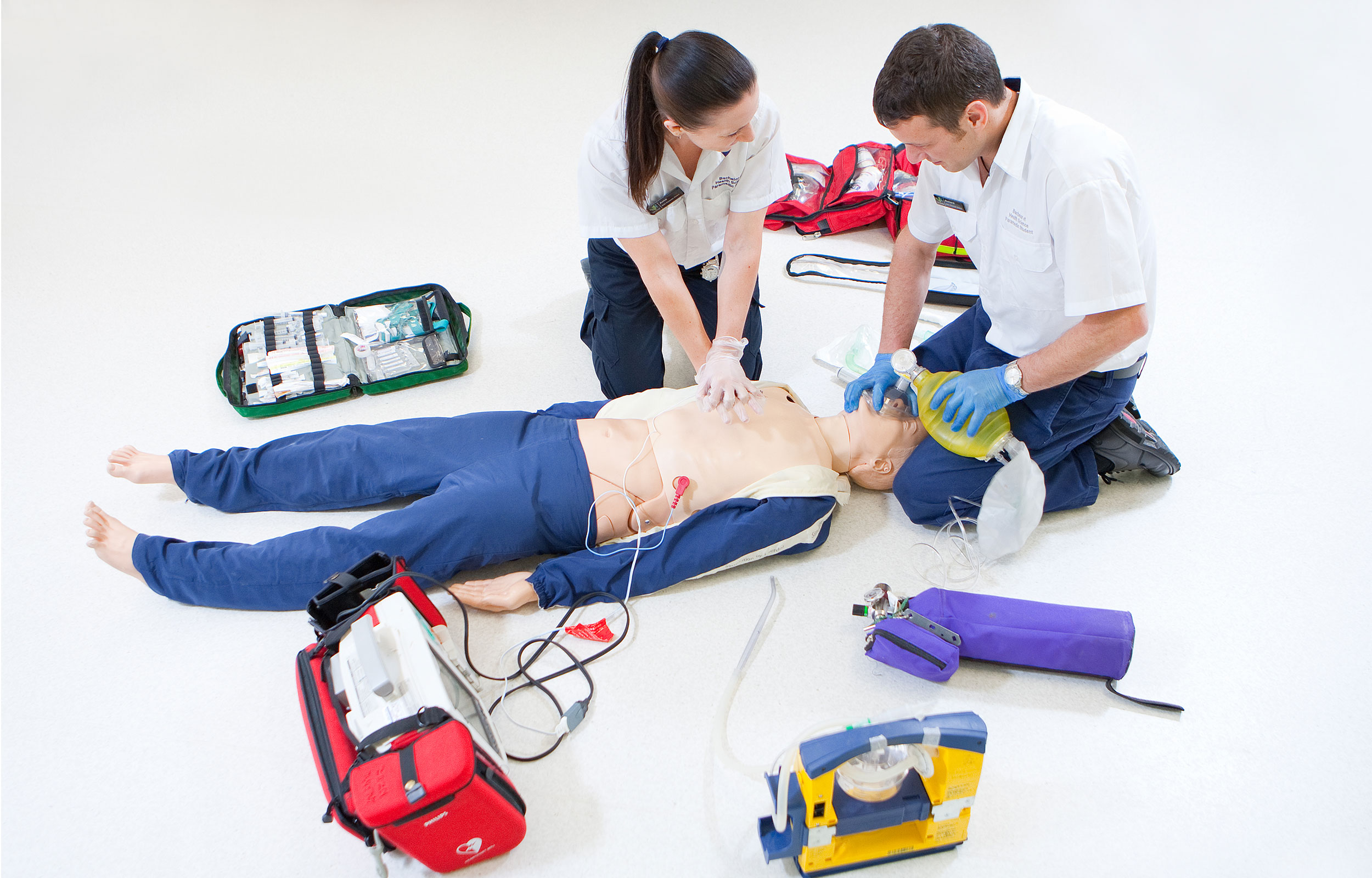Emergency medical services (EMS) is a crucial and noble career, gives a rewarding career centered around the saving of lives and providing critical healthcare. It’s a field that provides tremendous growth opportunities and there is a huge demand for skilled professionals. In this post, we’ll guide you through the steps required to become an EMT and paramedic. We’ll look at the many training options available that include a DSHS accredited EMS training course.
Understanding the role and purpose of EMTs Paramedics
First responders and Emergency Medical Technicians and Paramedics offer immediate medical attention in a crisis situation. They are specially trained to assess patients, provide essential medical procedures, and transfer patients in a safe way to medical facilities for further care. Paramedics and EMTs play an essential role to stabilize patients in stressful situations, making split-second decision, and providing compassionate aid during times of crisis. For more information, click How to Become EMT

Step 1: Becoming a EMT
To become an EMT, you need to successfully complete the required education and training programs that may differ depending on the level of certification that you wish to achieve. There are three levels of EMT certification.
1. EMT Basic (EMT B) It is an entry-level certificate that requires between 100 and 150 hours of instruction. EMT-Bs have been trained to provide medical basics that includes CPR and bleeding control as well as basic airway management.
2. EMT Intermediate (EMT I): EMT I requires further training, and this can differ from state to the state. In some states, this degree can be combined with EMT B. In other areas the course can vary from 200-400 hours, which includes advanced medical skills including intravenous therapy as well as other expanded skills.
3. EMT Paramedic (EMT P) EMT-P is considered to be the highest level of certification for EMTs. The education required to achieve this certification typically takes between 1,000 and 1,800 hours. Paramedics can carry out advanced medical procedures, including the administration of medication or interpreting EKGs as well as advanced airway management.
Step 2: Applying for paramedic certification
If you’re looking to become a paramedic, you have to first go through the EMT-B or EMT-I level, and then acquire some hands-on experience. Then, you are able to take part in a paramedic education program that typically takes one to two years to complete. In this rigorous course, you’ll be immersed in advanced medical topics and gain the knowledge and skills needed to deal with critical situations on your own.
Explore EMT Training options:
When it comes to EMT training, you have many options according to the level of certification you want to achieve. EMT training is typically offered by community colleges and medical trades schools for all levels of certification. These programs provide a combination of classroom education, hands-on instruction, as well as practical experience in the field and in clinical settings.
Colleges and universities offer EMT programs at the level of EMT/Paramedic If you’re looking for an extensive, in-depth EMT course that will lead to an education at the college level. These courses provide an thorough understanding of emergency medical services, giving the user a greater understanding of medical decision-making and care for patients.
Step 4: Ensure DSHS approved EMS Training:
If you’re considering becoming an paramedic or EMT, it is important that the training program selected by you is DSHS-approved. The Department of State Health Services (DSHS) is the body that approves EMS training programs to make sure that they meet high standards of education and competency. By enrolling in a DSHS-approved EMS training will ensure that you receive the best training and meets the certification requirements.
Paramedics and EMTs have highly sought-after careers. As first emergency responders, EMTs and paramedics play a crucial role in saving lives and offering urgent medical attention in emergency situations. To embark on this life-saving journey, aspiring EMTs and paramedics must successfully complete the required education and training programs. Depending on the certification level required, candidates can choose among a range of EMT options for training, such as medical trade schools, and university programs.
When considering choices for training, it is essential to confirm that the selected EMS training program is DSHS accredited. By doing so you’ll be sure that you are receiving quality education that is up to the requirements for EMT and paramedic certification.
As the demand for qualified emergency medical professionals continues to grow making it a great time to enter the field of EMS provides a wealth of job opportunities and the chance to make a profound impact on the lives of those around you. It is possible to start with the position of an EMT or move toward paramedic status. Your commitment to providing vital medical care will be rewarded by a rewarding career.